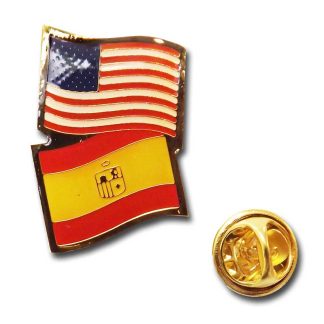Description
The Cold War Primary Sources /emare just what teachers need to help students learn how to analyze primary sources in order to meet Common Core State Standards!Students participate in active learning by creating their own interpretations of history using historical documents. Students make observations, generate questions, organize information and ideas, think analytically, write persuasively or informatively, and cite evidence to support their opinions, hypotheses, and conclusions. Students learn how to integrate and evaluate information to deepen their understanding of historical events.The 20Cold War Primary Sources /emare: Photograph of German children watching 20 tons of flour being unloaded from a USAF airplane during the Berlin Airlift dash; 1948 Photograph of German children playing with toy American aircraft, simulating supply planes landing in western Berlin during the Berlin Airlift dash; 1948 Photograph depicting the 38th parallel–dividing line between communist North Korea and the anti-communist South Korea dash; 1950 Photograph of Julius and Ethel Rosenberg–American citizens found guilty of passing information about the U.S. atomic bomb to the Soviet Union dash; 1951 Example of anti-Communist propaganda during the 1950s–specifically targeting the entertainment industry Cartoon of Fidel Castro–established the first communist state in the Western Hemisphere in Cuba in 1959 Photograph of Soviet leader Nikita Khrushchev viewing wreckage from American U-2 aircraft shot down by the Soviets dash; 1960 Photograph of the seven Project Mercury astronauts–first U.S. astronauts chosen as the U.S. and the Soviet Union competed in the ;ldquo;space race;rdquo; dash; 1960 Photograph of U.S. President John F. Kennedy and Soviet Premier Nikita Khrushchev during Vienna Summit dash; 1961 Map of the United States used by President Kennedy and his advisors during the Cuban Missile Crisis–map shows the potential range of missiles shot from Cuba dash; 1962 Photograph of Cuban soldiers near anti-aircraft guns during the Cuban Missile Crisis dash; 1962 Photograph of members of peace activist group Women Strike for Peace hold signs regarding the Cuban Missile Crisis dash; 1962 Photograph of teletype machine set up as a ;ldquo;hotline;rdquo; between the Kremlin and the White House in the aftermath of the Cuban Missile Crisis dash; 1963 Photograph of U.S. Marine escorting a Viet Cong suspect near Da Nang Air Base in Vietnam dash; 1965 Propaganda leaflet urging Viet Cong and North Vietnamese soldiers to defect to the government of Vietnam dash; circa 1965dash;1971 Photograph of U.S. hostages held in Iran for 444 days returning to the United States dash; 1981 Photograph of President Ronald Reagan delivering a televised speech about the Strategic Defense Initiative dash; 1983 Photograph of people atop the Berlin Wall near the Brandenburg Gate as wall came down in 1989 Satellite photograph of Berlin with a yellow line showing where the Berlin Wall once stood dash; created 2002 Photograph of remains of the Iron Curtain in the Czech Republic dash; 2007Your students will: Think critically and analytically, interpret events, and question various perspectives of history. Participate in active learning by creating their own interpretations instead of memorizing facts and a writer’s interpretations. Integrate and evaluate information provided in diverse media formats to deepen their understanding of historical events. Create a more relevant and meaningful learning experience.span style=”color:#FF0000;”Download the Gallopade Free Online Teacher;#39;s Guide for Primary Sources PDF located in “Additional Info.”/spanAll levels. 8 x 11 inches each. Cardstock.




